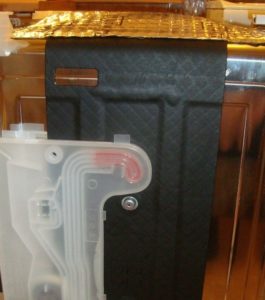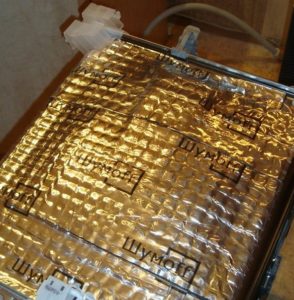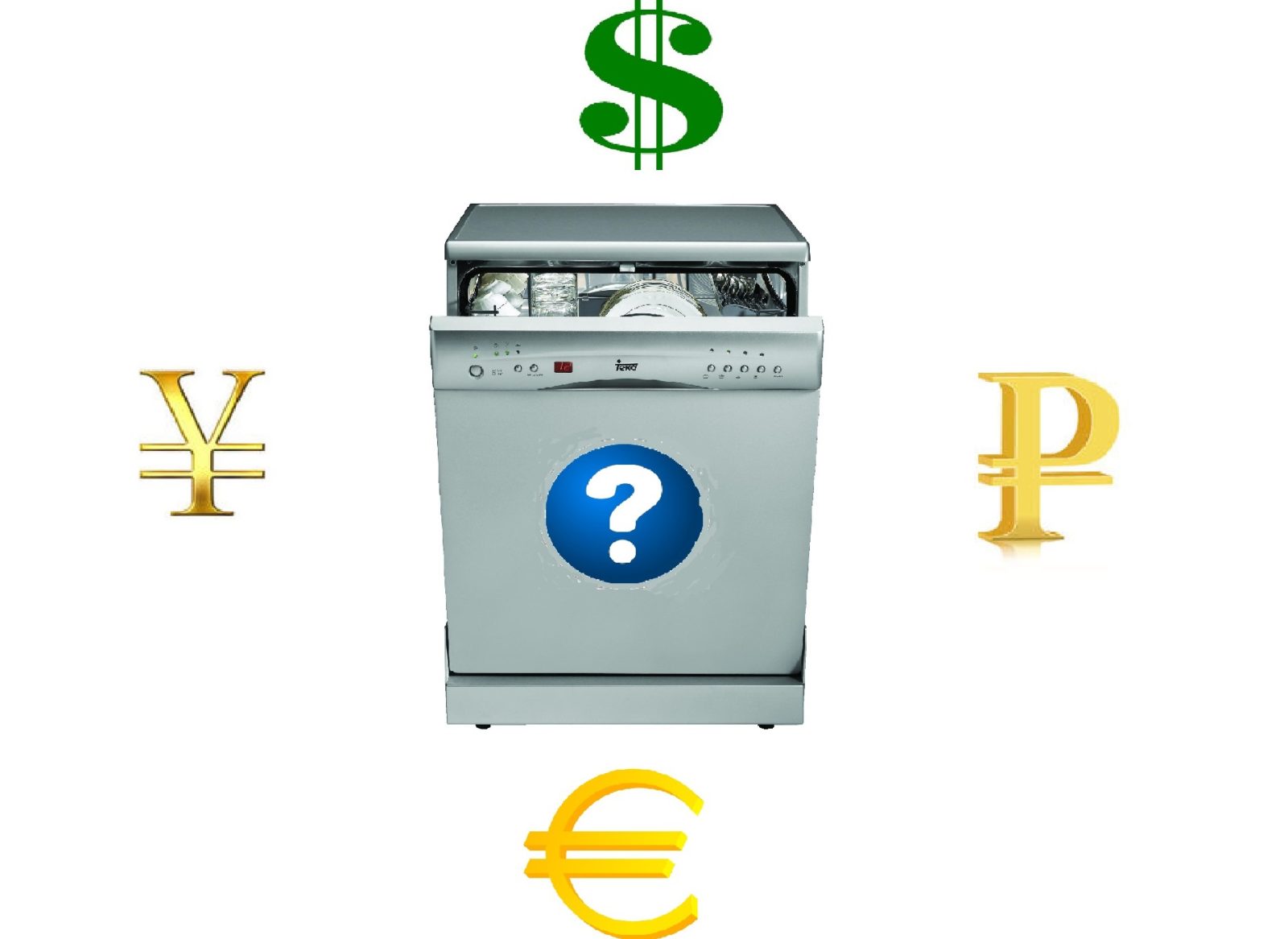Do-it-yourself noise insulation for a dishwasher
 Few people can withstand the constant noise from household appliances in their apartment. For example, the dishwasher, which you turn on almost every day, can be annoying with its noise, and even worse, interfere with your and your children’s sleep. When buying equipment, you somehow don’t think about it, and sometimes you don’t even want to overpay for good sound insulation, regretting it later. What to do then? One option is to soundproof the dishwasher yourself. How, read on.
Few people can withstand the constant noise from household appliances in their apartment. For example, the dishwasher, which you turn on almost every day, can be annoying with its noise, and even worse, interfere with your and your children’s sleep. When buying equipment, you somehow don’t think about it, and sometimes you don’t even want to overpay for good sound insulation, regretting it later. What to do then? One option is to soundproof the dishwasher yourself. How, read on.
Selecting the material
The main question that arises among DIYers is: how can you soundproof a dishwasher? To answer this, you need to have a good understanding of what you are going to do. The dishwasher makes noise in most cases due to strong vibration. Therefore, when choosing a material, you need to pay attention to its properties. For your dishwasher, you can choose one of the following types of insulation:
- vibration-isolating material – is the main layer for sound insulation of equipment, absorbing vibration of the walls, it can be foil or non-foil;
Note! It is better to take vibration insulation that does not require heating during installation. Such insulation will not emit unpleasant odors.
- heat and noise insulation material - a material that has a closed cellular structure, absorbing not only sound, but also the heat generated by the equipment;
- soundproofing material – a material with an open cellular structure, the most effective in combating unpleasant sounds.
To obtain the maximum effect, craftsmen advise using two layers of insulation, one of which is vibration-proof, and the second is noise-insulating.Here is a short overview of these materials:
- StP Silver – vibration-absorbing material 3 mm thick, covered with a layer of aluminum foil, can withstand temperatures from -45 to +100 degrees C;
- ThermoZvukoIzol - absorbs heat, vibration, and noise, consists of laminated fiberglass and polypropylene, has a thickness of 8 to 14 mm, withstands temperature influences from -45 to +1200C, reduces impact noise up to 30 dB;
- Schumanet-100 is a sound-proof vibration-absorbing material, no more than 3 mm thick, does not lose its properties at extremely low and high temperatures, is multi-purpose and extremely effective.
- Soft Wave 15 is a professional self-adhesive soundproofing material that effectively absorbs vibration and noise and is resistant to moderate temperature influences up to +900C, thickness 15 mm.
Quite often, Soft Wave 15 is used to soundproof the “home assistant”. Firstly, it sticks perfectly to the body of the equipment; it is very easy to paste it over the machine with your own hands. Secondly, it easily takes the shape of the body, does not bend or come off. Thirdly, it does an excellent job, reducing the noise level from a working machine to 26 dB. Amazing result.
In addition to the soundproofing material itself, you will need glue that is not destroyed by heat. After all, the body of the machine will heat up. You will also need a long ruler and a knife to cut the soundproofing material. That's probably all, you can get to work.
Stages of work
At home, achieving good sound insulation of a dishwasher is not difficult, especially if you have good sound-proofing material on hand.When choosing sound insulation, correlate its thickness with the size of the gap that remains between the body of the machine and the walls of the niche in which it is installed. If the insulating layer is too thick, the machine will not fit into the niche. Let's get to work.
- Turn off and remove the dishwasher from the niche.
- We take measurements and cut strips of soundproofing material so that they completely cover: the side walls of the case, the bottom, the top and the back wall.
Thin sound insulation (3 mm) can be glued overlapping, and thick sound insulation can be glued end-to-end.
- Apply glue to the soundproofing material and glue it to the body of the machine so that there are no gaps between the strips. There is no need to climb onto the door; this may interfere with opening and closing the dishwasher.
- We remove the facade from the door and glue a layer of insulation underneath it. When using sound insulation with a thickness of more than 8 mm, this “trick” may not work. For example, at dishwasher Bosch SMV23AX00R the gap between the door frame and the furniture facade is no more than 6 mm.
- We check how well the “Shumka” has stuck, wait for the glue to dry, and then put the machine in place. It is done.
So, we figured out how to soundproof a dishwasher and how to do it correctly. You should not cover your “home assistant” with untested materials. Firstly, it is dangerous, and secondly, it may not bring the expected result, you will just waste your time. Follow our advice and you will succeed. Good luck!
Interesting:
Reader comments
- Share your opinion - leave a comment





















Add a comment